Major World Economic Forum Meeting Focuses on Climate Change, Greenhouse Gas Pollution Traps 50% More Heat than 3 Decades Ago, UN Chief Calls on Humanity to Build Shared Future for All Life, and more
May 27, 2022 – We gather news: You stay informed

1. Climate Change Is Major Focus of the World Economic Forum’s First In-Person Gathering of Business and Government Leaders in Two Years
While the COVID-19 pandemic and Russia’s war in Ukraine were focuses of the World Economic Forum’s gathering of business and government leaders in Davos, Switzerland, so too was climate change. Of the roughly 270 panels at the meeting, one-third were about climate change or its direct effects. The world’s top climate scientists have warned that significantly reducing greenhouse gas emissions this decade is necessary to minimize warming and avoid the most devastating effects to the planet. That will require major changes in how business is done, from the way products are produced to how they are transported. Some sessions looked at sectors, like decarbonizing shipping and aviation, renewable transition plans, and the challenges of achieving them in countries like China and India. Several panels wrestled with an approach to investing that considers the environment and other key factors.
Thank you for your generous gift that will help us continue the production of this weekly, free publication

2. Greenhouse Gas Pollution Trapping Almost 50% More Heat Than 30 Years Ago
A new assessment from the National Oceanic and Atmospheric Administration (NOAA) found that human-caused greenhouse gas pollution trapped 49% more heat in 2021 than in 1990. “Our measurements show the primary gasses responsible for climate change continue rising rapidly, even as the damage caused by climate change becomes more and more clear,” said Ariel Stein of NOAA’s Global Monitoring Laboratory. Last year, the UN’s Intergovernmental Panel on Climate Change said that climate change is “unequivocally” caused by humans. It has been linked to more droughts and heat waves, stronger hurricanes, and rising sea levels. NOAA found that CO2, the most common greenhouse gas, which can last more than 1,000 years in the atmosphere, is the biggest contributor. It also found that CO2 levels are responsible for 80% of the increased heat tracked by the agency’s Annual Greenhouse Gas Index since 1990.

3. Biodiversity Day: UN Chief Calls to ‘Build a Shared Future for All Life’
“Biodiversity is essential for achieving the Sustainable Development Goals, ending the existential threat of climate change, halting land degradation, building food security and supporting advances in human health,” said António Guterres in a statement. The UN chief said biodiversity offers solutions for green and inclusive growth. This year, governments will meet to agree on a global biodiversity framework with clear and measurable targets to put the planet on the path of recovery by 2030. “The framework must enable the ambitious and transformative change needed for living in harmony with nature by effectively protecting more of the world’s land, freshwater, and oceans, encouraging sustainable consumption and production, employing nature-based solutions to address climate change, and ending harmful subsidies that damage the environment,” he said. Biodiversity loss could expand diseases transmitted from animals to humans while intact biodiversity offers excellent tools to fight against pandemics.
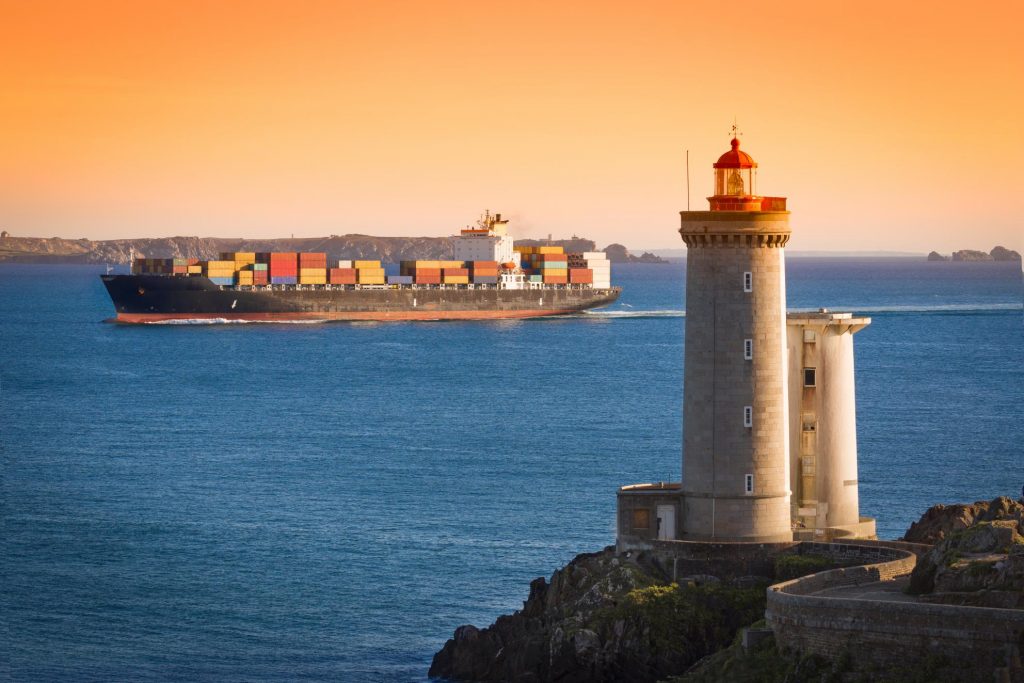
4. New Blue Economy Observatory to Monitor and Promote the Sustainability of Ocean-Related Activities
The European Commission has launched the EU Blue Economy Observatory, a new knowledge dissemination platform for the sustainability of oceans, seas, and coastal areas. The new observatory will focus on socio-economic components of the maritime-related sectors. It will provide a detailed picture of ocean-related activities, with latest data, scientific evidence, insights, market information, and findings supporting ongoing trends and developments in the EU Blue Economy. The EU Blue Economy Observatory will solve the current lack of sufficient available data about industries and sectors related to oceans, seas, and coasts. Filling this knowledge gap will help policymakers and businesses make decisions to build a sustainable, resilient, and climate-neutral blue economy in the EU. It will prominently feature data from the most recent European Union Blue Economy Report and compile knowledge from existing Commission information systems.
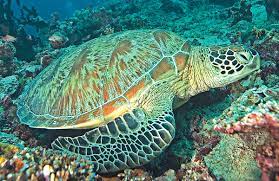
5. New Funding to Protect Biodiversity in UK Overseas Territories
Threatened species across the UK Overseas Territories (UKOTs) will benefit from £6.4 million government funding. Green turtles are just one of the species that will be boosted by a share of the Darwin Plus initiative. Another project to benefit from funding explores the drivers of plastic pollution and trials innovative solutions to reduce single-use plastic and improve waste management efficiency. A total of 20 environmental recovery projects will be supported to deliver marine conservation, research into threatened species, and improve resilience to climate change. The UK Overseas Territories are globally significant nature hotspots. Made up of thousands of small islands, vast oceans, and dense rainforests, these areas are thriving with unique wildlife and contain 94% of the UK’s biodiversity. Funding through Darwin Plus and the Darwin initiative will help to reverse the decline of biodiversity and improve species abundance by 10% by 2042.
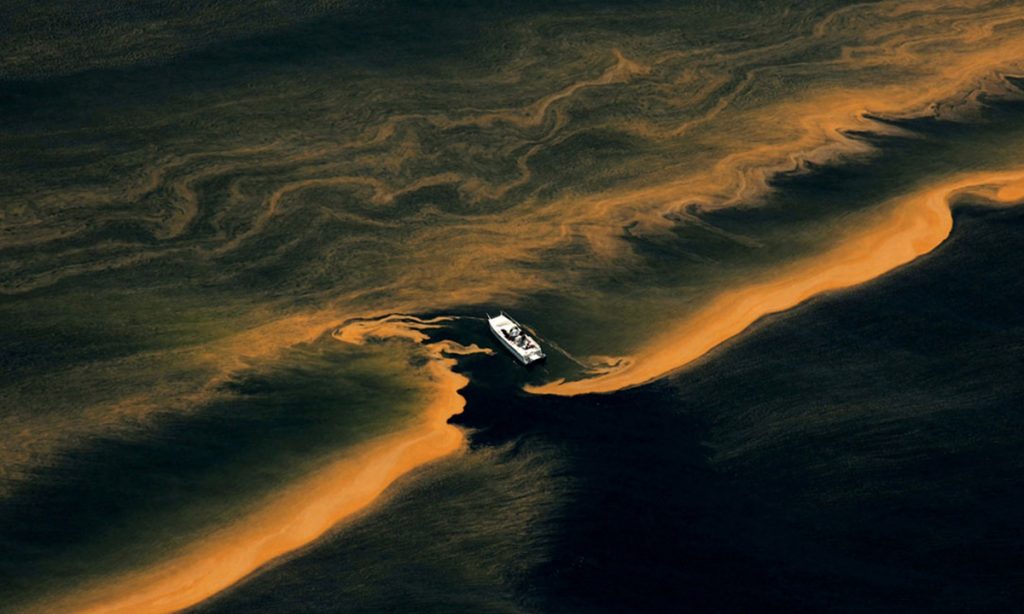
6. Scientists in Mexico Develop New Means to Clean Up Oil
Scientists have developed a new technique to clean up oil as well as radioactive substances, fertilizers, drugs, and other pollutants dumped in the ocean. It involves nanotubes found in halloysite, a naturally occurring clay mineral, and magnetite, a highly magnetic mineral. “We apply a magnetic field to pull out the stain, and in this way, we can put out the oil,” project leader Marina Vargas Rodriguez said. “If the spill occurs near the beach, we can pull the contaminant into the open sea so that it does not affect our beaches and, at the same time, the oil can be recovered and reused.” It can clean up even the most viscous hydrocarbons. The newly developed technique does not affect wildlife and can be used on large oil spills as well as in the decontamination of rivers, lakes, and lagoons.
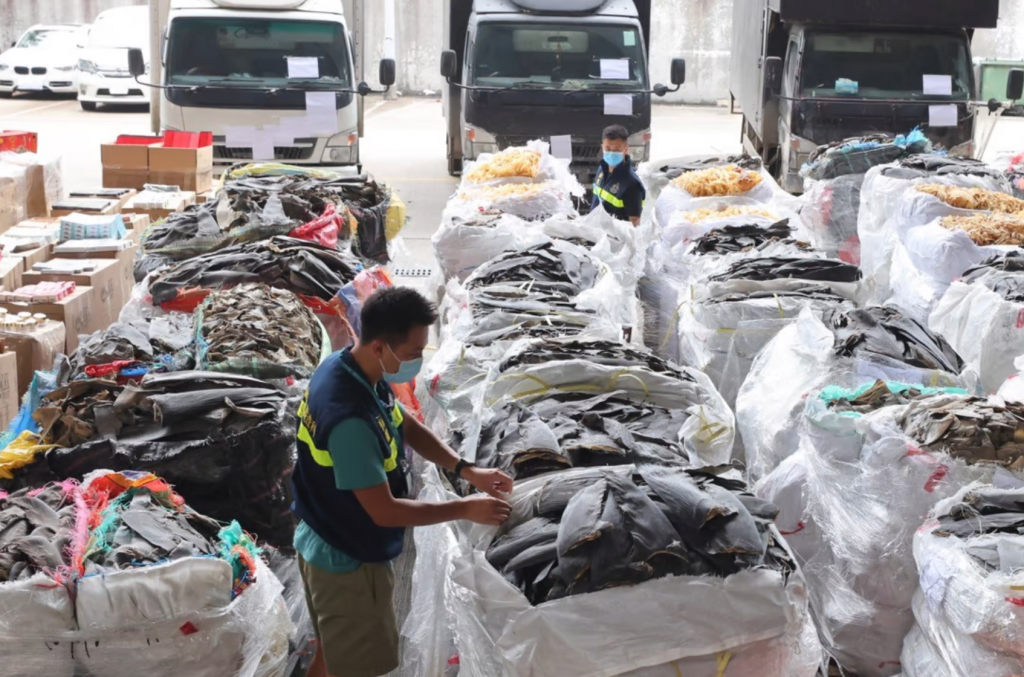
7. Hong Kong Can Spark a Wave of Recoveries in Shark Populations With New Initiative (Opinion)
Hong Kong’s story is an early example of overfishing causing local shark and ray extinctions. Demand for shark fin in Hong Kong and other key markets drives the overfishing of sharks worldwide, leading to local extinctions in many countries. Today, 37.5% of the more than 1,200 shark and ray species are threatened with extinction. The Shark and Ray Recovery initiative is a targeted response to this shark and ray extinction crisis. It aims to start recovering the most endangered species by protecting critical habitats. Key stakeholders are involved in developing recovery plans to reduce mortality from fishing so the animals can naturally replenish themselves. The initiative aims to recover populations of at least eight threatened species and then to spark a broader wave of recoveries globally by providing free training and supporting a community of practitioners.
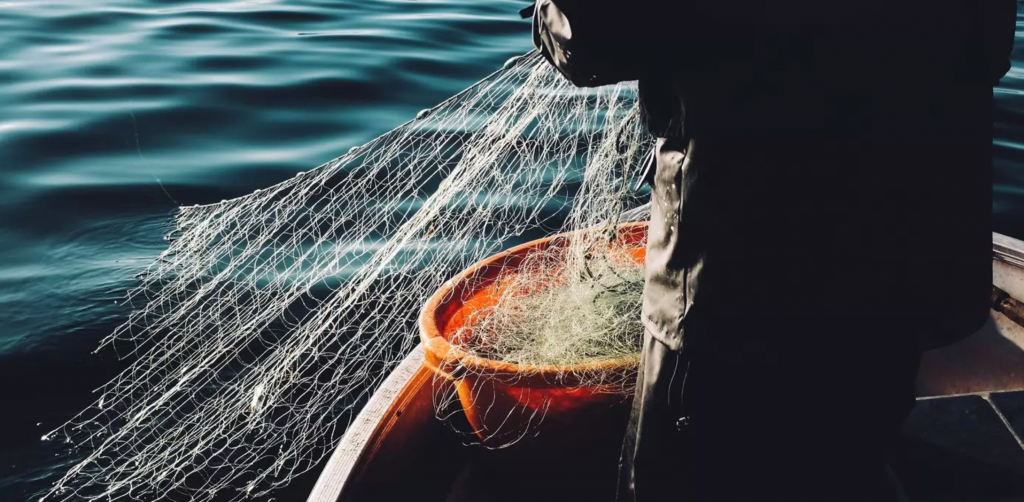
8. Data and Tech Can Help Combat Illegal Fishing
Illegal, unreported, and unregulated (IUU) fishing represents up to 20% of global seafood catch. IUU fishing has been linked to organized crime and human rights violations, such as human trafficking and slavery. Therefore, IUU fishing is a problem at the nexus of national, economic and food security, ocean health, and human rights. Fortunately, new data and technological capabilities are unlocking innovative ways to monitor activities at sea. For example, AI-powered electronic monitoring systems can reinforce observer programs to increase coverage. Satellite-based data analyzed through machine learning can show when a vessel is likely to be transiting, fishing, or even meeting with another vessel. Finally, databases have enabled detailed inspection of vessels’ history, including changes in names and their ownership. All these data combined could be used to provide a comprehensive picture of the vessel’s identity and activity and combat IUU fishing.
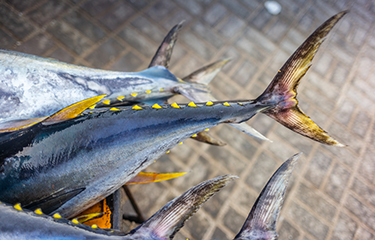
9. Indian Ocean Tuna Commission Decisions Fall Short of Sustainability Goals
Ocean-focused non-governmental organizations (NGOs) are criticizing the Indian Ocean Tuna Commission (IOTC), claiming it failed to take sufficient action to conserve tuna stocks. They have been pressuring the IOTC to take action on the sustainability of skipjack and yellowfin tuna stocks for years, arguing both species are overfished. The IOTC agreed to reduce the total allowable catch (TAC) for yellowfin in 2021, but that resolution was also criticized after multiple contracting countries objected. Now, NGOs are claiming the IOTC has again failed to meet its responsibility by not reaching an agreement to end the overfishing of yellowfin and skipjack tunas. The latest catch limit of 403,000 MT, decided at the recent IOTC session, allows fishing at rates above the maximum sustainable yield. With the same six countries continuing to object, the agreed-upon catch limit will likely be exceeded once more.
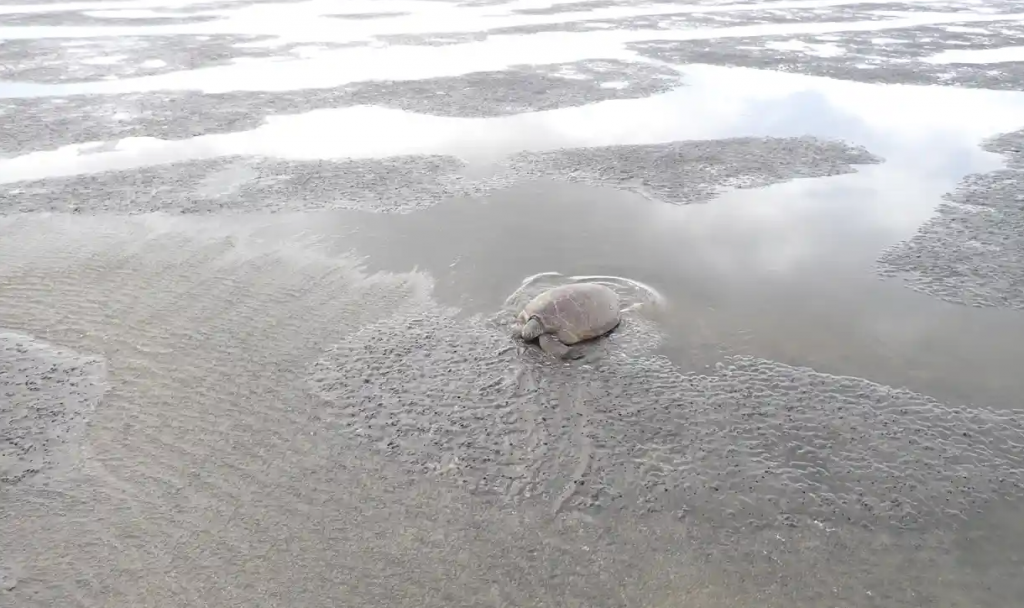
10. Dugongs and Sea Turtles at Risk After Queensland Floods Wipe Out Seagrass
Catastrophic floods earlier this year wiped out one of the largest and most important seagrass meadows in eastern Australia, increasing the risk that dugongs and sea turtles will become stranded, according to researchers. Scientists monitored the health of seagrass meadows across 2,300 square kilometers of Hervey Bay and the Great Sandy Strait in southern Queensland. Prof. Michael Rasheed, who led the monitoring, said there has been a drastic loss compared with previous extensive mapping of seagrass cover. The decline in seagrass is due to sediment from floodwaters flowing into the ocean and reducing exposure to sunlight and smothering the seagrass. Dugongs and sea turtles rely on seagrass meadows for food. Dr. Chris Cleguer, a dugong expert, said there was concern that dugongs in the area may stop breeding. “Some will move and some will die,” he said.
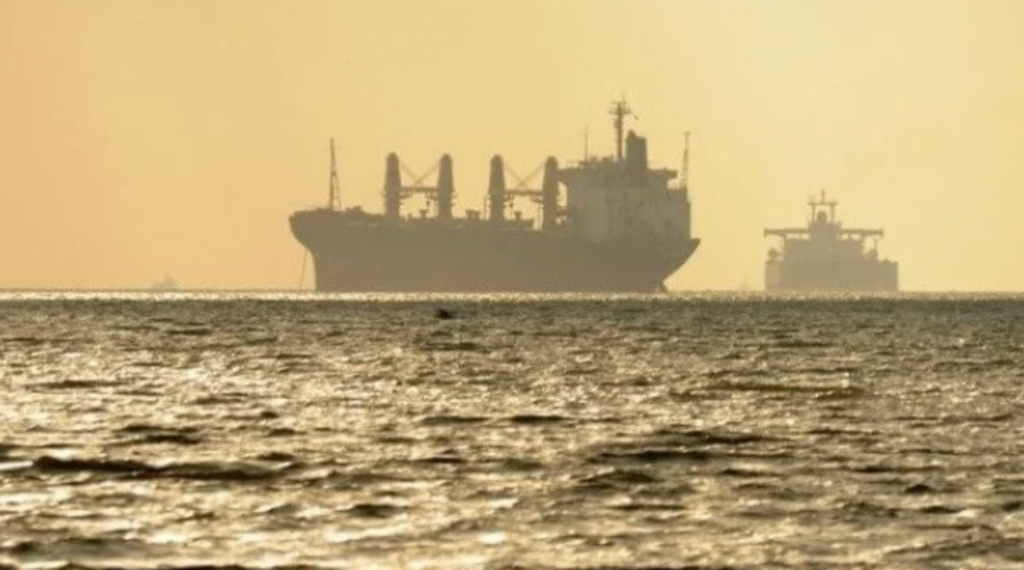
11. Engineer Pleads Guilty to Felonies for Dumping Oil and Lying to US Coast Guard
The chief engineer of a large commercial bulk carrier has pleaded guilty to deliberately discharging oily water near New Orleans and lying to the US Coast Guard during the investigation. “The intentional pollution of US waters and the deliberate effort to cover up the crime are extremely serious criminal offenses that will not be tolerated,” said Assistant Attorney General Todd Kim of the Justice Department’s Environment and Natural Resources Division. Following a repair operation that inadvertently flooded the engine room, engineers dumped the oil-contaminated water overboard, releasing approximately 10,000 gallons of oil-contaminated bilge off the coast of New Orleans. The ship’s required pollution prevention equipment – an oily-water separator and oil content monitor – were not used, and the discharge was not recorded in the required Oil Record Book. The investigation is ongoing, but neither the shipping company nor the vessel has been named in the case.
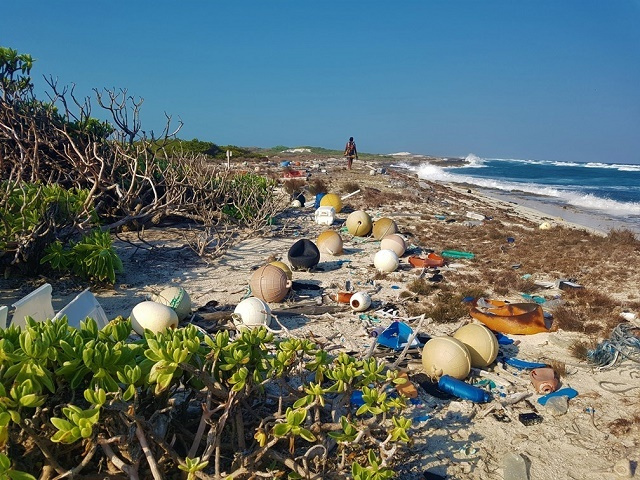
12. Global Agreement on Plastics on the Agenda at UN Environment Programme Meeting in Seychelles
At the Seychelles meeting of the United Nations Environment Programme (UNEP) Regional Seas Strategic Directions (RSSD) program, participation of regional seas countries in the negotiation of the global agreement on plastics will be discussed. The Director of the Ecosystems Division at the UNEP, Susan Gardner, said that the strategic directions set an ambitious path to achieve the UN’s Sustainable Development Goal 14, which is about the conservation of the oceans. “The strategy provides an opportunity to align the regional seas work with global commitments and targets agreed at the regional and global level,” she said. The strategic directions will track the Regional Seas Programmes’ achievements at the national and inter-regional levels through a three-year framework. At the fifth session of the United Nations Environment Assembly, member states endorsed a historic resolution to end plastic pollution and forge an international legally binding agreement by 2024.
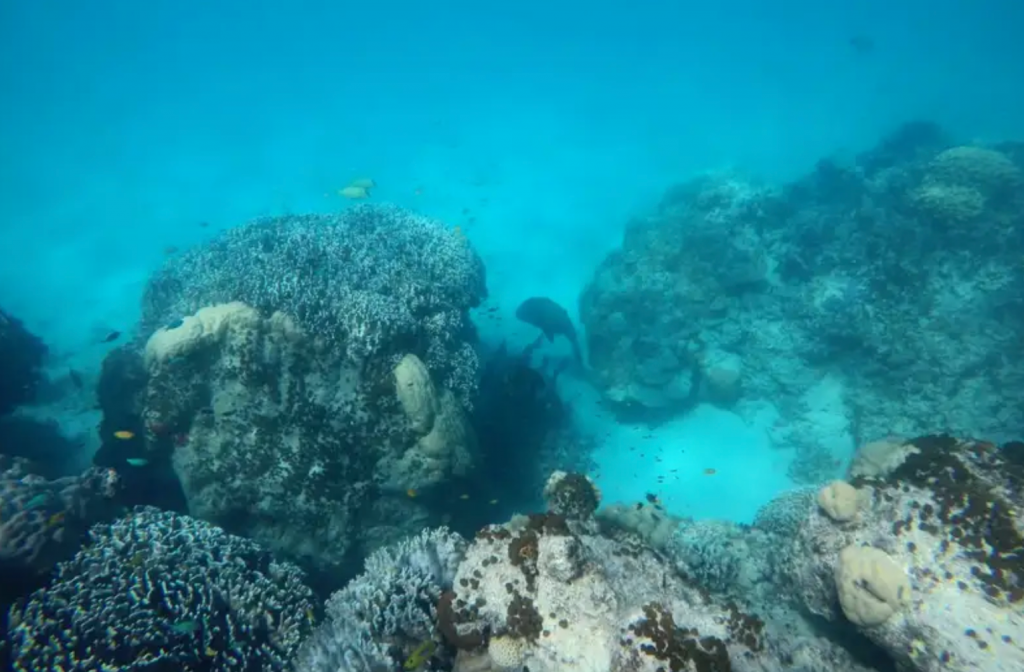
13. Noisy Boats Over the Great Barrier Reef Are Cutting Fish Lives Short
Spiny chromis are fish that fan water over their eggs, creating streams of oxygen that help the embryos grow. But in reefs with motorboat noise, the parents fan their eggs less and seem more agitated than those hearing minor motor noises or none at all. “Any kind of unexpected noise can cause a rise in the stress response. And I think that’s what’s going on here with the parenting behavior,” says researcher Sophie Nedelec, who, along with colleagues, studied nests on the Great Barrier Reef. Some nests were in high-traffic boat zones and some were not. They found that breeding pairs in the limited boating sites were twice as likely to have living offspring by the end of the breeding season. These findings suggest that humans could help reef-nesting fish populations recover from stress simply by slowing down their boats or, better yet, avoiding reefs altogether.
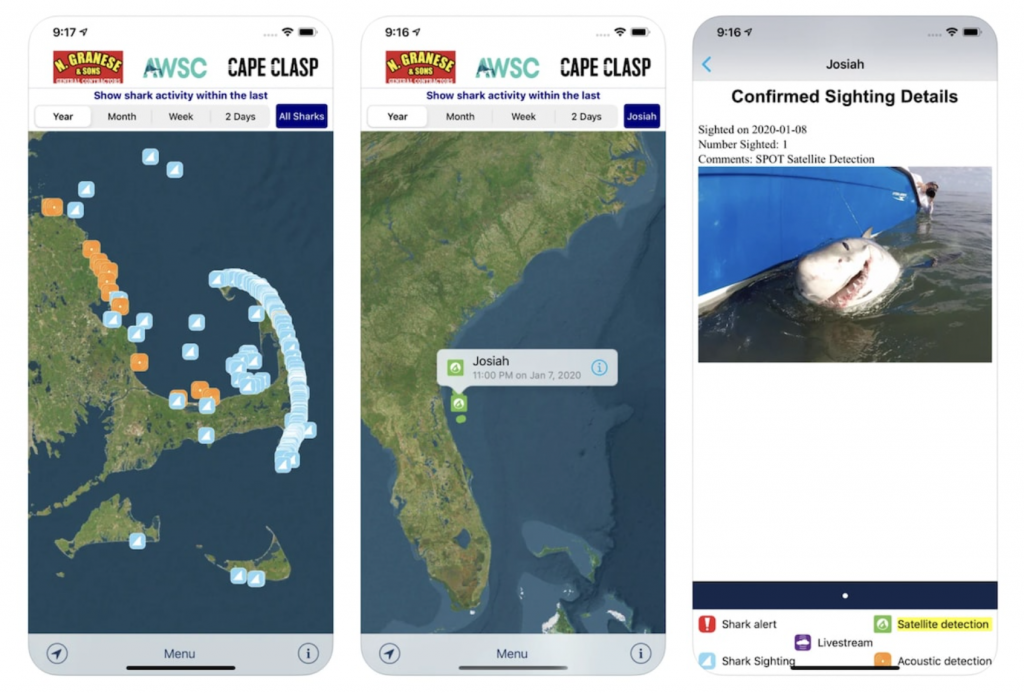
14. New App Shows Sharks Near Coastlines to Help Keep Sharks and Humans Safe
Sharktivity, an app by the New England Aquarium and the Atlantic White Shark Conservancy, allows humans to enjoy the sea while keeping a safe distance from sharks. It tracks shark whereabouts through data on sightings. The Atlantic White Shark Conservancy has used Sharktivity to track sightings since 2016, but the app will be expanded for public use. Sightings will be sent to the aquarium for verification, and a number of different icons warn beachgoers of potential shark presence. An orange fin icon notes unconfirmed shark sightings, a blue fin icon notes confirmed shark sightings, and a red icon alerts people that sharks have been spotted near a public beach. Various icons also track tagged sharks in real-time, up to an hour old, or at the end of a season. Sharktivity also helps humans enjoy the beach without disturbing sharks that might be in the area.
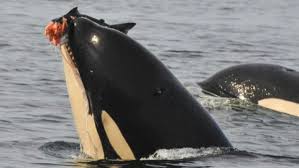
15. Scientists Reconstruct Killer Whales’ Diets to Predict Impact on Arctic Food Webs
Killer whale populations are invading the Arctic, causing significant disruptions to an ecosystem already deeply affected by climate change. A team of McGill researchers has discovered new clues to understand how killer whales impact their environment — by reconstructing their diets using the lipids in their blubber. To reconstruct the whales’ diets, the researchers used a model called Quantitative Fatty Acid Signature Analysis (QFASA) using samples from captive killer whales. They then measured the fatty acid composition of the wild Greenland killer whales and potential prey species the whales may feed on. Finally, they applied the modeling approach to estimate that the whales mainly feed on harp and hooded seals, species that researchers found in some of the whales’ stomachs. “Using this analysis, we will better understand how their diets change and how they may potentially disrupt Arctic food webs,” said lead author Anaïs Remili.
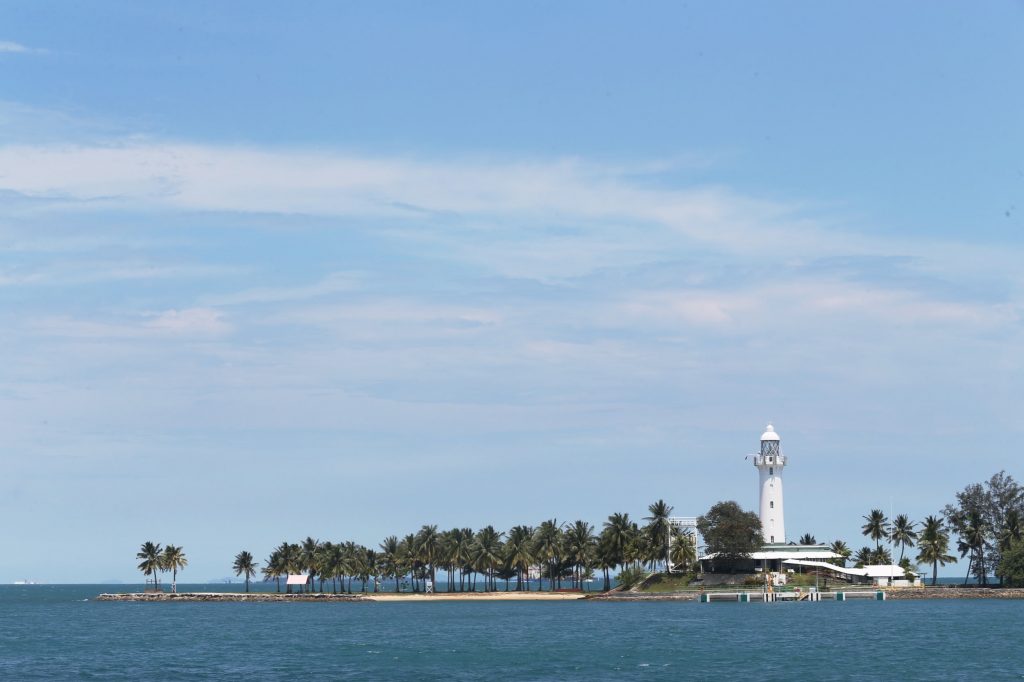
16. Fish Farms May Be Coming to 3 Southern Islands With High Coral Diversity, Endangered Marine Life
The Singapore Food Agency is exploring commercial fish farming off three of Singapore’s southern islands to ensure food security, and is seeking public feedback on a report into the plan’s potential environmental impact. But the waters near the three islands — Pulau Jong, Pulau Bukom, and Pulau Satumu — are home to diverse coral reefs and endangered marine species, such as fluted giant clams. Marine scientists and conservationists say that the presence of aquaculture farms can negatively impact the marine ecosystem in various ways. But if proper precautions are taken, fish farming can limit this impact through additional efforts like purifying water from the farms before it is discharged into the ocean. Most marine scientists and conservationists said they do not oppose the plan, as long as appropriate measures are taken to ensure the water quality is not affected.
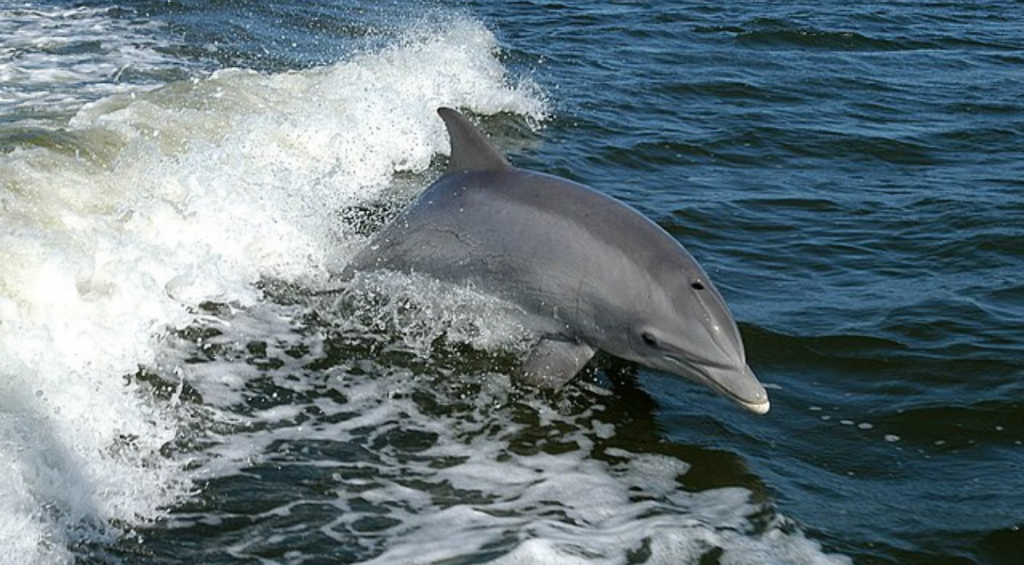
17. Dolphins May Medicate Themselves With Coral
Researchers have found that Red Sea bottlenose dolphins routinely rub themselves against specific types of coral. Using Dolphin Watch Alliance’s long-term observation of hundreds of dolphins as a jumping-off point, the researchers focused on why the dolphins participate in coral rubbing. In their paper, the researchers describe how bottlenose dolphins will rub any part of their body on gorgonian coral. Meanwhile, the dolphins selectively rub their heads, bellies, and tail fins on softer leather coral, as well as sea sponges. The dolphins will ignore all of these options if they’re growing too close to venomous species that might irritate the skin. Gorgonian coral and leather coral release mucus containing antibacterial properties when agitated. The researchers think a coating of this mucus might help dolphins maintain skin homeostasis and avoid microbial infections. The research offers another reason among many for why coral reefs must be preserved.
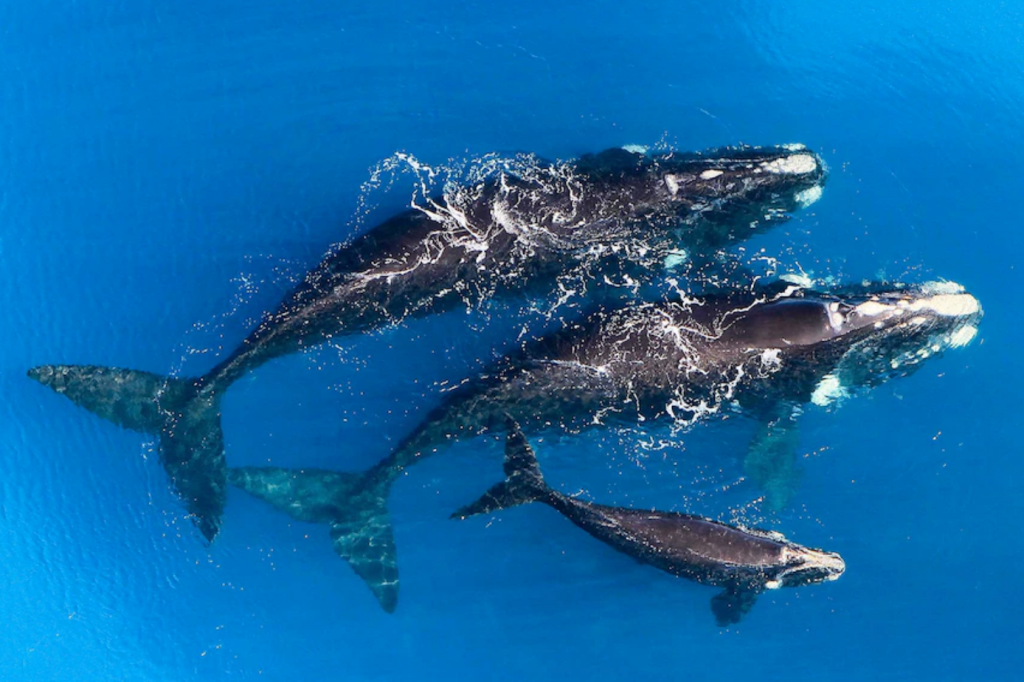
18. Whale Moms and Calves Whisper, Hide From Predators off Great Australian Bight
New research shows southern right whales in the Great Australia Bight might be using the shallow waters to whisper to their calves so that predators, like killer whales, can’t hear them. Acoustic crypsis, a way of adapting sound production behavior akin to whispering, could be leading whales to choose certain breeding grounds to whisper to their calves. “What we found is that they are potentially using these shallow waters, near shore habitats, in part because that way they can’t be heard by other animals outside those habitats,” said researcher Julia Zeh. “They can make sounds and communicate with each other but their sounds won’t travel far enough to be heard by anyone else.” Ms. Zeh said the paper opened the door for more study including how changes in the physical environment, noise, or human activity could impact or relate to changes in whale behavior.
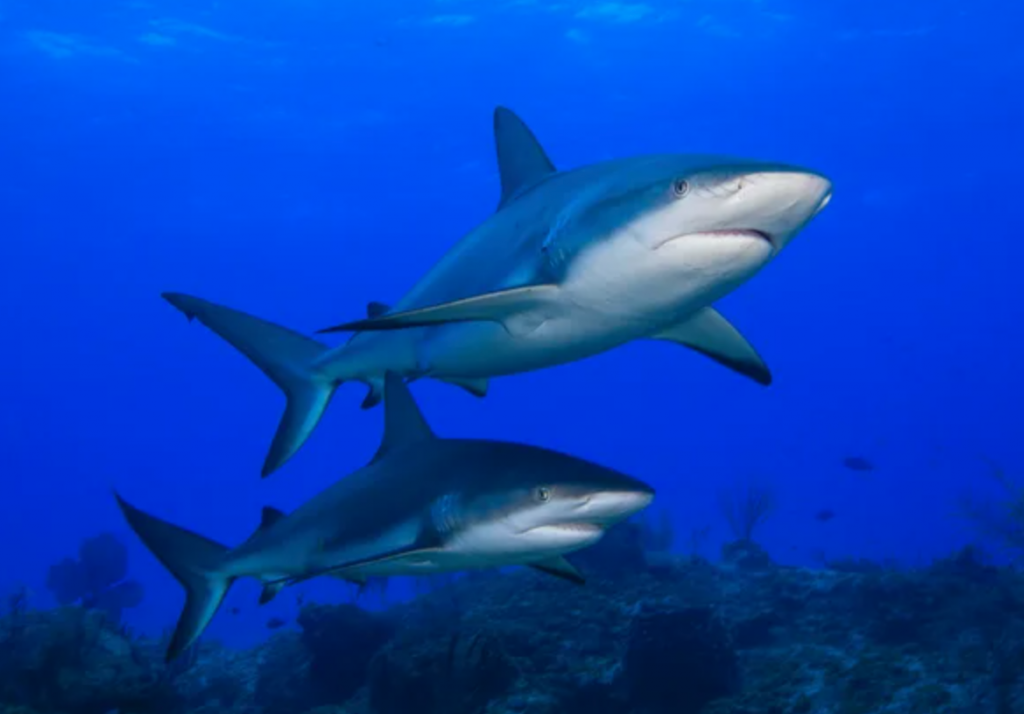
19. Sharks Need Help; Many Widespread Conservation Messages not Based on Scientific Evidence (Opinion)
The latest numbers from the International Union for Conservation of Nature’s Red List show that nearly one third of sharks and their relatives are threatened with extinction. More people are aware of the crisis and want to help, but they often don’t know the true causes of—and solutions to—this crisis, resulting in wasted effort and possibly harming what they’re trying to support. Many people believe that the largest or only threat to sharks is shark finning, but this hasn’t been the case for decades. The top threat to sharks and their relatives, by far, is unsustainable overfishing, which includes, but is not limited to, shark finning. Banning or restricting the fin trade alone does little to address this much broader issue, and because there is no standardization in how numbers of accidentally killed sharks are reported, we still don’t really know the depth of the problem.

20. Technology Is Revealing the Secrets of an Under-Researched Undersea World
Temperate mesophotic ecosystems (TMEs) typically occur at depths of 30 – 150 meters – the ocean’s twilight zone, where little sunlight remains and remotely operated vehicles are needed to explore. TMEs are dominated by animals adapted to low light conditions, including sponges, sea fans, and sea squirts. Sponges might be even more abundant than algae in coastal ocean regions. Evaluation of depth-related changes in temperature suggests TMEs could help mitigate climate change impacts, particularly marine heat waves that drive extremes in sea water temperature. Water temperature in the depths where TMEs occur is usually several degrees lower than at the surface, which provides a refuge for mobile fish species from shallow waters. If human activity damages shallower populations, then deeper water TME populations may be able to replenish them by providing larvae. The diverse and ecologically important communities found in TMEs need greater recognition and protection.
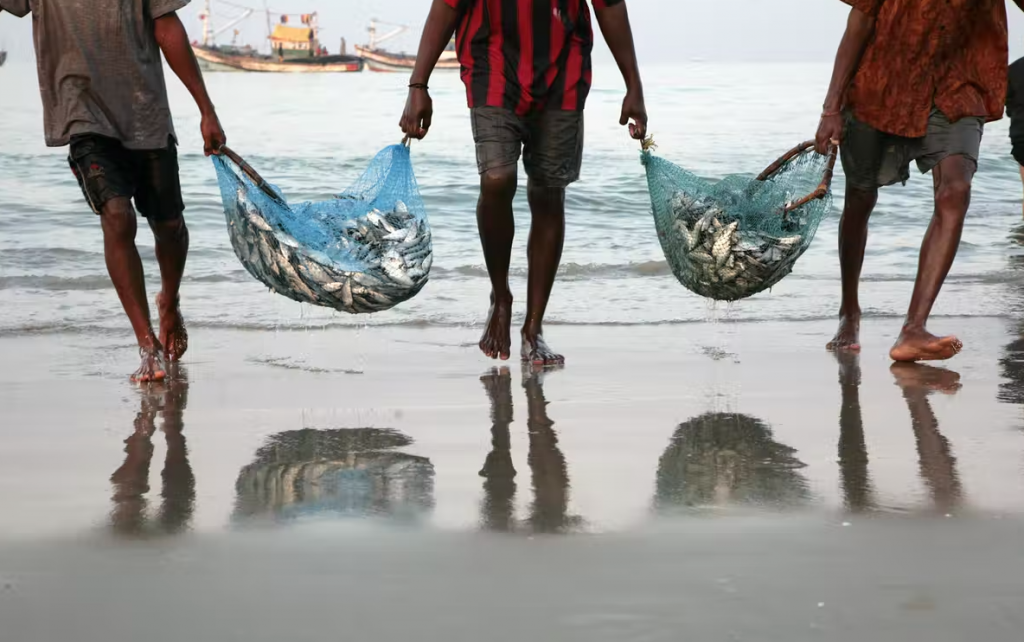
21. The Future of Fishing — and Ocean Health — Hinges on Economics and ‘Infinity Fish’
An estimated 34% of the world’s fish stocks are overfished. The inappropriate valuation of the goods nature provides us with is a fundamental reason why we have failed to take good care of the ocean. This undermines our ability to achieve “infinity fish”: passing on a healthy ocean to future generations. We need to make a proper and complete valuation of the full range of the ocean’s benefits — seafood, carbon sequestration, recreation, culture, heat absorption — beyond what we sell in the market. Once individuals, communities, and societies calculate the true values, we will be able to develop the guiding principles we need to live in harmony with nature, motivating us to: effectively manage fish stocks; deal with the drivers of overfishing and restore populations; and more. The ocean is huge, but it is not too big to protect: we just need to get the values right.

22. Ocean Isle Group Works to Protect Sea Turtles Year-Round
A division of the Museum of Coastal Carolina, the all-volunteer Ocean Isle Beach Sea Turtle Protection Organization works year-round to protect sea turtles, especially during nesting season, which began this month. Volunteers, who are trained by the Wildlife Commission, also transport cold-stunned, sick, or injured sea turtles to a sea turtle rescue and rehabilitation center nearby. If a new nest is discovered, the verification team gently sifts through the sand to find the egg chamber. If the nest is in a safe spot, meaning it will not likely be underwater, it’s left in place, but if it’s in danger of being submerged, volunteers relocate the nest to a safer location. Each egg is carefully moved one at a time. There were 44 nests with a total of 4,950 eggs on Ocean Isle Beach in summer 2021, but 161 were lost to predators or were submerged.

23. Cigarette Butt Recycling Scheme Aims to Stub Out Waste in Catalonia
The Catalan government could pay €4 to anyone who hands in a pack’s-worth of cigarette ends at a recycling point. A similar levy on plastic bottles and aluminum cans introduced in New York City in 1982 has provided the homeless with a small but steady income. “We want to put a stop to the present situation where around 70% of cigarette butts end up either on the ground or in the sea,” Isaac Peraire, the head of the Catalan waste agency, said. Cigarette butts are the second-most common single-use plastic found on European beaches – and of all the rubbish thrown into the sea, butts are the most numerous. In an effort to limit marine pollution, smoking will be banned on all of Barcelona’s city beaches in July. “The idea isn’t to generate income but to reduce the environmental impact of these products,” Peraire said.
/




